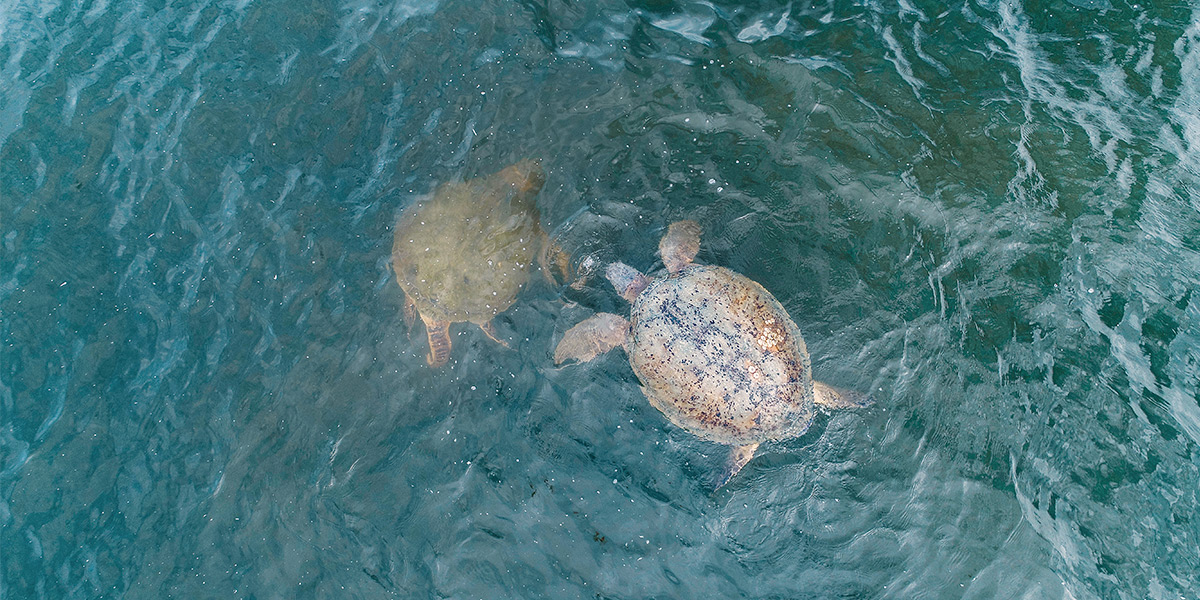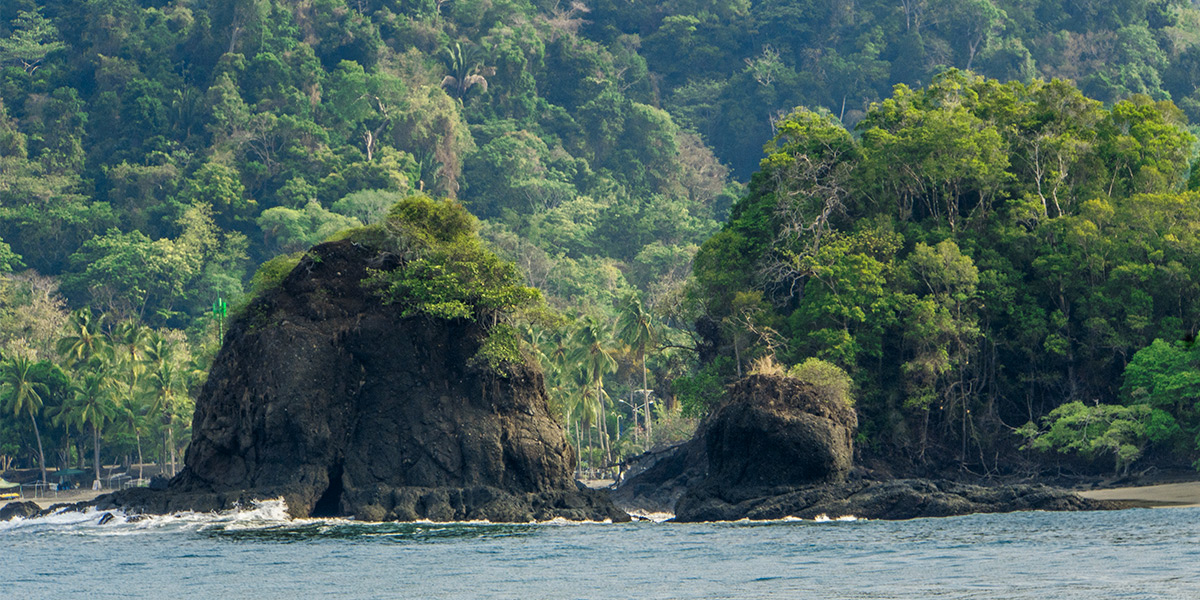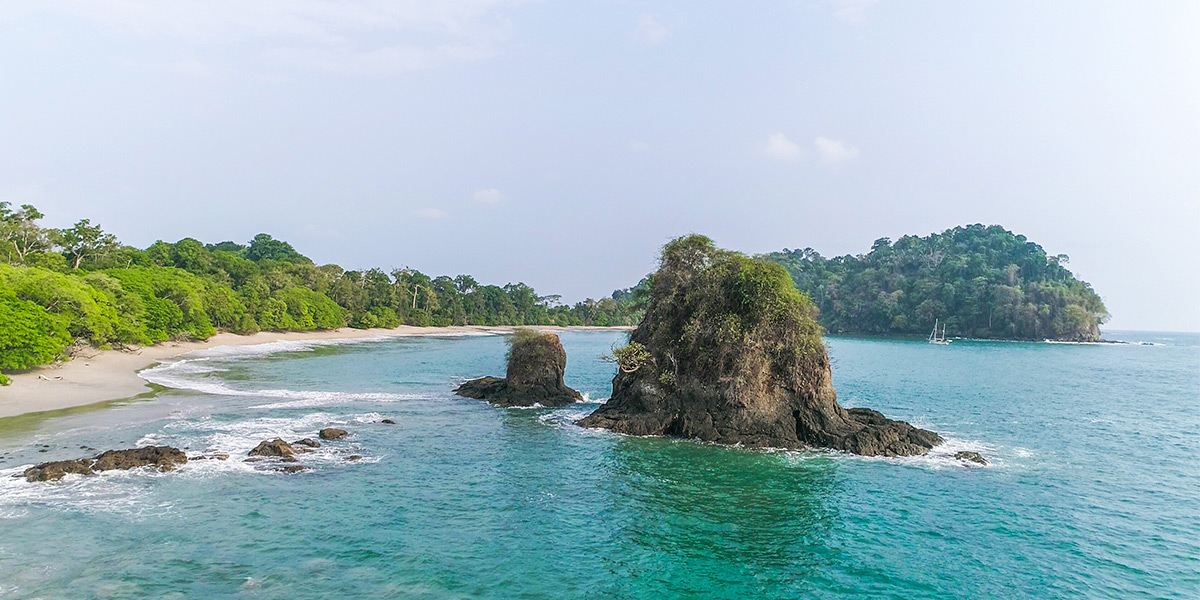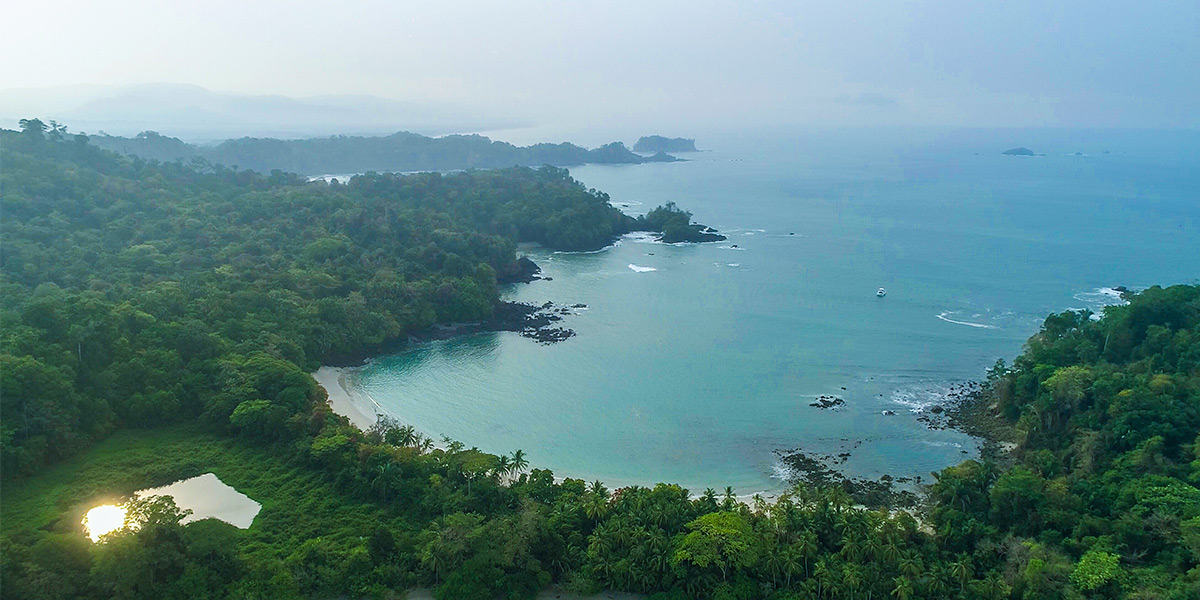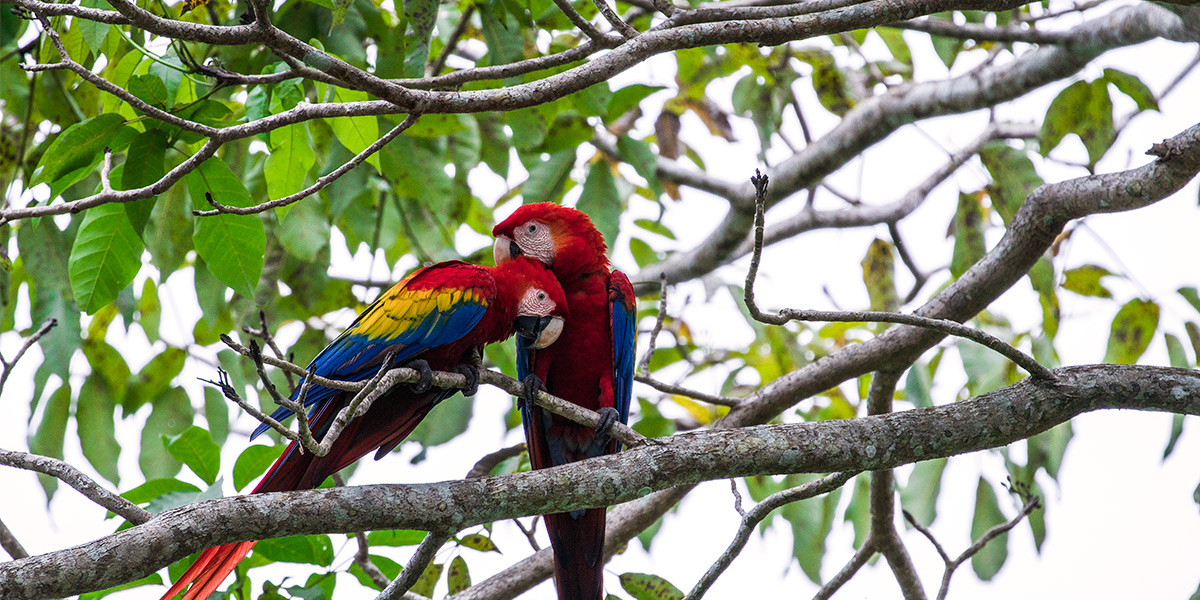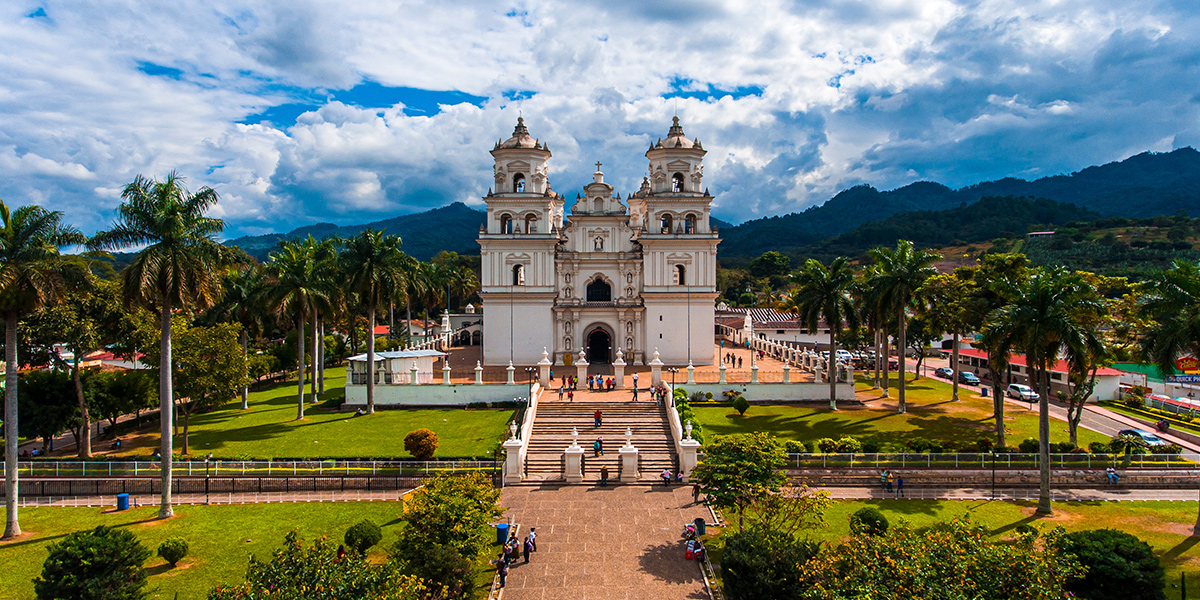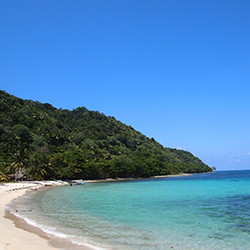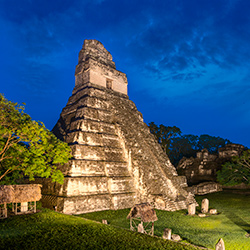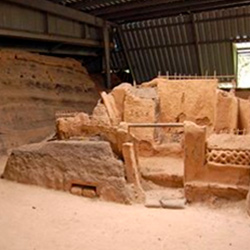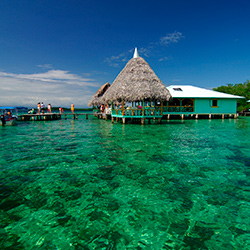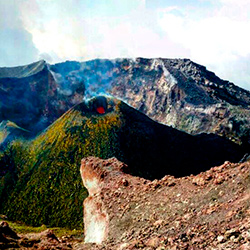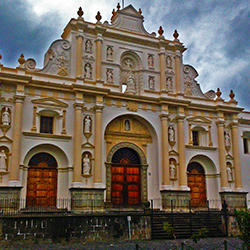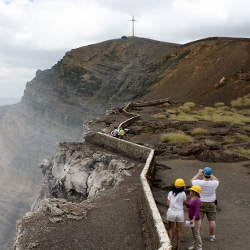Fall in love with its white sand beaches and its emerald waters
Manuel Antonio National Park is a natural conservation area located in the Central Pacific, and is the second most visited park in Costa Rica. It has an area of 1,983 terrestrial hectares, and 55,000 marine hectares. The beauty of its beaches of clear sand and emerald waters is one of the largest attractions in the area. According to Forbes (2012), Manuel Antonio is the eighth most beautiful beach site in the world.
The town is anchored in a patch of tropical rainforest in which you can easily observe many species of wildlife. The park registers 329 species of birds, 109 of mammals, varied marine fauna and 254 species of flora among which you may spot the howler and white face monkeys, sloths, deer and coatis, many species of birds, as well as the squirrel monkey (Saimiri oerstedii citrinellus), endemic to Manuel Antonio. The marine fauna is equally surprising: moray eels, angelfish, hedgehog, and starfish are just some of the representatives of this protected area.
The Park also protects 12 islands that represent refuges for several species of seabirds, and also has excellent beaches: Espadilla Sur, Manuel Antonio, Punta Catedral and Puerto Escondido. Also, there is a lagoon of 14 hectares and a mangrove swamp. The Punta Catedral that joins the Manuel Antonio and Espadilla Sur beaches is a place of great natural beauty. The park offers information for visitors, trails, sanitary services, drinking water, signage and several natural viewpoints.
The tourist offer adapts to all budgets and the area is known for its themed restaurants and its nightlife. Manuel Antonio Beach is the most beautiful of all and also the most visited. With a length of 450 meters, it is the most appropriate for snorkeling. In addition, to the right side, next to Punta Catedral, is what is known as La Trampa, used by the natives to capture fish and turtles, according to legend. In the past, Punta Catedral was an island and has a geomorphological formation called Tómbolo, where many species passed from the coast to the island. Walking through the interior through the path you can admire patches of primary and secondary forest, as well as excellent viewpoints, from where you can see several islands located in front of the continent.
GEOPOSITION
Useful information - Don't leave anything
Entrance Fee: Residents: ¢1,600 / Foreigners: US$16
Links of Interest:
https://www.visitcostarica.com/es/costa-rica/where-to-go/top-ten/all
http://www.sinac.go.cr/ES/ac/acopac/pnma/Paginas/default.aspx
Contact information
Email: info@visitcostarica.com
OTHER PLACES OF INTEREST THAT MAY INTEREST YOU
OTHER WAYS TO LIVE CENTRAL AMERICA
RECOMMENDED TOURS

